Nationality American Name Abastenia Leger | Known for Sculpture | |
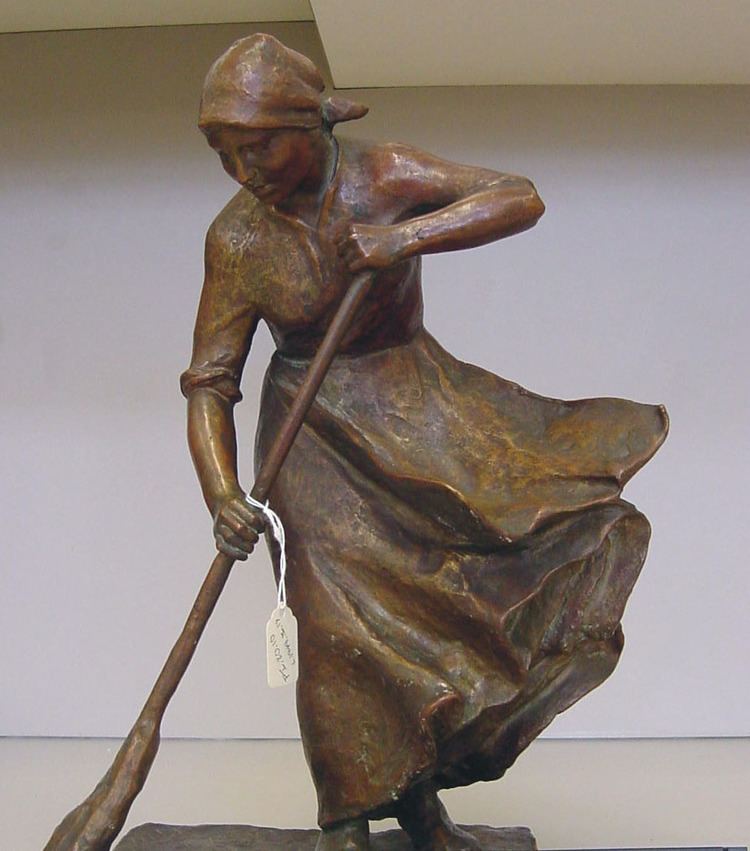 | ||
Notable work Girl Skating (1907)White Slave (1913) Movement Ashcan SchoolNew SculptureRealism Periods | ||
Abastenia St. Leger Eberle (April 6, 1878 – February 26, 1942) was an American sculptor. Her most famous piece The White Slave representing child prostitution caused controversy when exhibited at the 1913 Armory Show.
Contents
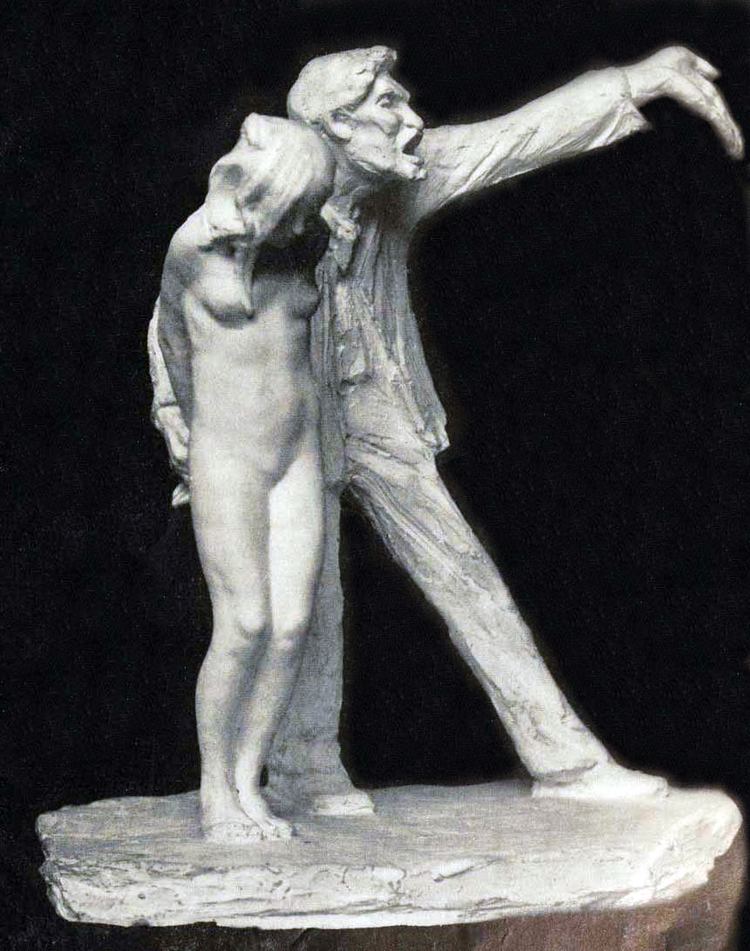
Early life
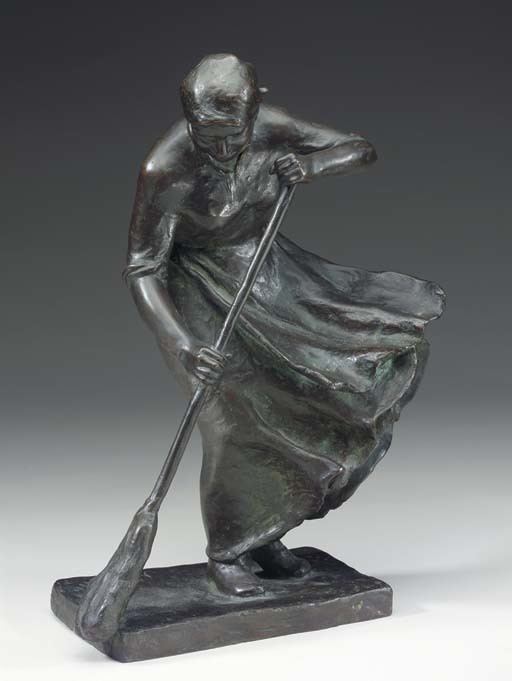
A native of Webster City, Iowa, her father was a doctor and her mother a musician. Her family later moved to Kansas, then Missouri, before settling in Canton, Ohio. She initially studied to become a professional musician, but her father noticed her talent for modeling. She received lessons from one of his patients before enrolling at the Art Students League in New York City.
Early career
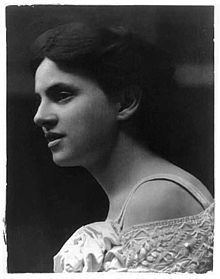
She achieved early success with her sculpture Men and Bull, created in collaboration with Anna Hyatt, which was shown at the 1904 exhibition of the Society of American Artists. In 1906 she was elected to the National Sculpture Society. In 1920, she was elected into the National Academy of Design as an Associate Academician.
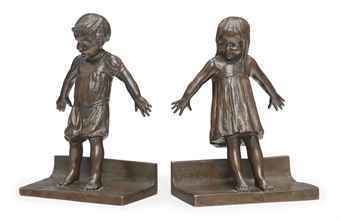
St. Leger Eberle worked in a style related to Art Nouveau and the New Sculpture movement. She produced mainly portrait sculpture and decorative work for fountains. Some of her work is in the collection of the Metropolitan Museum of Art. However, she is best known for figurative works that combined realism with emphasis on the flow of drapery and movement.
Later career
The White Slave was exhibited at the 1913 Armory Show in New York, and caused "a storm of violent controversy" because of its shocking combination of contemporary realism and the nude. The sculpture represented child prostitution, which at the time was euphemistically called white slavery.
Following this success she created a number of sculptures depicting working class children from the Lower East Side of New York, depicting them at play and work. These represented "the vitality of the city's immigrant population". By 1930 she had been forced to leave New York because of financial and health problems. She settled in Westport, Connecticut.
Eberle submitted works to the mixed sculpturing category of the art competitions at the 1928 and 1932 Summer Olympics, but did not win a medal. Several of her sculptures are on display at the Kendall Young Library, in Webster City, Iowa, where she was born. Eberle believed that art should have a social function, writing that artists "had no right to work as an individualist with no responsibility to others. [Artists] must see for people—reveal them to themselves and each other."
